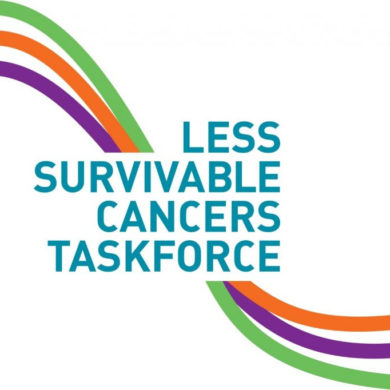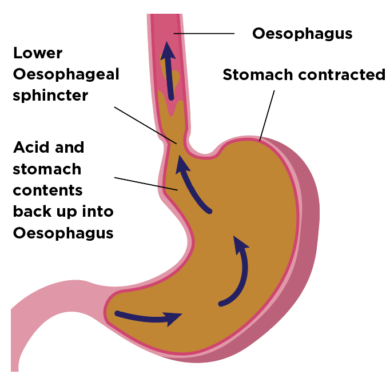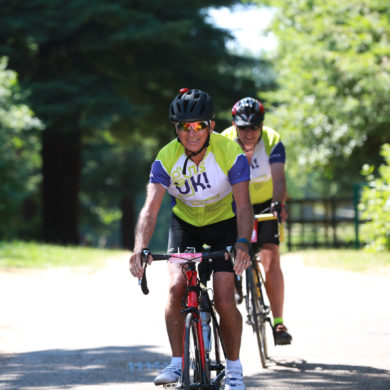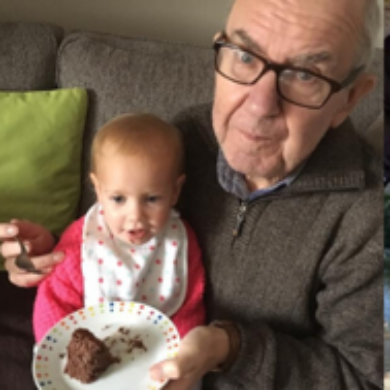Dr Sara Jamel
Oesophageal cancer / Barrett's oesophagus.
Olympus/Guts UK’s research fellow Dr Sara Jamel was awarded £210,000 for a 3-year project starting in 2019. Dr Jamel’s innovative project will explore the use of breath-testing for pre-cancerous cell changes in patients with Barrett’s oesophagus. If successful, this breath test could save lives by diagnosing oesophageal cancer early, when it is far more treatable.
Barrett’s oesophagus is a condition where cells in the oesophagus are damaged by acid travelling back up the oesophagus from the stomach (acid reflux). It is thought that 10% of persistent heartburn sufferers who have longstanding reflux problems may develop Barrett’s oesophagus. Heartburn is a common problem that occurs after eating, lying down or bending over and is usually described as a ‘burning’ sensation.

Dr Jamel has been very busy over the last few months, so we visited her at Imperial College London.
Tell us a bit about yourself and your medical background?
I’m a surgical registrar, and my interest is upper GI, which is where Barrett’s Oesophagus fits in.
Prior to starting my PhD, I have completed clinical projects regarding upper GI cancers and its management. While I was working here as an upper GI registrar, I was interested in breath research and had the opportunity to visit the VOC laboratory at St Mary’s Hospital as well as speaking to previous PhD students who have worked in the field to get a feel for the research. I found it fascinating and decided to pursue it during my PhD.
How’s everything going so far – what have been your first steps in beginning the study?
We have a new device to collect the breath for the study, so I’m doing a lot of experiments validating the device. This novel device works perfectly and does very well in terms of the transfer of the breath and allows storage of breath samples permitting multi-centre studies such as mine.
Currently we are also working on our data analysis protocol. We are collaborating with experts in the field as well as our scientists ensure accuracy and robustness of acquired data.
You’ve also been working on a new way to transport breath samples from various locations?
That’s right. Collecting breath using bags across multiple sites is not ideal, because you’ll lose the breath within the bag as well as potential changes to the breath volatiles within the bag. That’s why currently we use the breath collecting tubes. Tubes are an efficient way to transfer breath across sites with minimal breath loss and permitting storage. Upon collection, tubes are analysed. This involves heating them up to high temperatures, which releases the volatile gases and allows detection of the compounds we’re looking for.
Risk Stratification is an important aspect of this study. What does this mean?
Currently everyone with Barrett’s Oesophagus has regular endoscopic surveillance. However, we don’t know who is actually at high risk of dysplasia from those patients, so we’re not able to direct endoscopies to those people most in need. Therefore, in this country we spend a lot of money on endoscopies for patients who may never have dysplasia. The idea is to see if there’s anything we can find in the breath that can tell you who is more at risk at having dysplasia, and direct endoscopy surveillance more towards them. In this way, we will reduce the cost and increase the efficiency of surveillance.
How do you approach patients to ask for a sample of their breath?
I’ll just say, we want to use a breath test to diagnose problems of the oesophagus and stomach, mainly cancer, and then all you need to do is breathe into a bag – it’s like a balloon. So far, all the patients approached have said yes!






